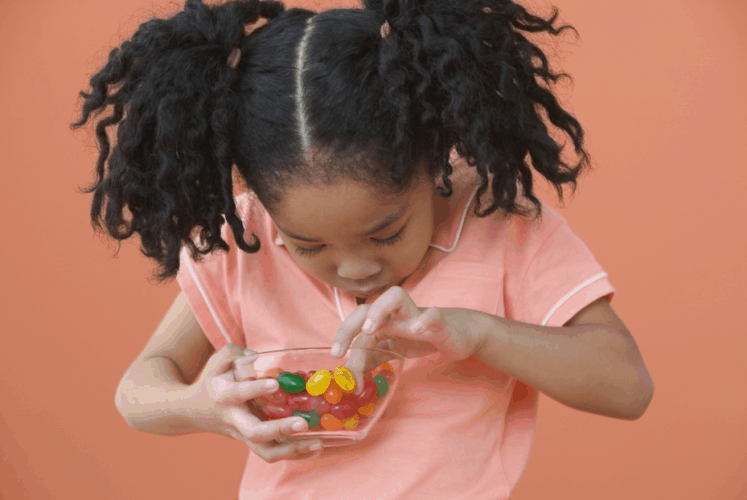The rebirth of springtime has long been celebrated with bright colored candy — at least according to the average American family. Statistics from the National Confectioner’s Association (NCA) show that the purchase of seasonal candy accounts for 21 percent of total sales each year, just a portion of the $34.5 billion in revenue that the U.S. confectionery industry earned in 2014.
For one such seasonal holiday, Easter, NCA reports that American manufacturers produce more than 16 billion jellybeans annually. Easter is the second largest candy-giving holiday in the United States, leaving a lot of sugary beans to go around once the Easter Bunny has left town. Maybe that’s why National Jelly Bean Day was established.
April 22 is recognized as National Jelly Bean Day, though its origins are as mysterious as the roots of the candy itself. Though it isn’t clear who originally created the jellybean, historians suggest that the popular Middle Eastern dessert, Turkish delight, may have inspired it. The chewy, flavored delights, also known as “lokum,” are comprised of the same traditional ingredients as the inside of a jellybean: water, flour, sugar, and starch. The only difference is that jellybeans have a hard shell on the outside, similar to that of a Jordan almond.
The popularity of the modern day jellybean can be traced back to Boston candy maker William F. Schrafft, whose 1861 advertising campaign encouraged Americans to send jellybeans to soldiers during the Civil War. And while the Schrafft Candy Company no longer exists, the legacy of the jellybean lives on. Former President Ronald Regan famously binged on jellybeans as a way to break his habit of pipe smoking, according to the Regan Library archives. His favorite brand of “Goelitz Mini Gourmet Jelly Beans” later became what we now know as the “Jelly Belly.”
Despite the ample supply of Jelly Belly beans in stores, you may choose to make your own version of the candy as part of a holiday craft. Suggested recipes across the Internet vary, but we found one here that is pretty simple and easy to follow. All you need is cornstarch, sugar, water, corn syrup, and food coloring, with a flexible selection of tools. This unique project is sure to delight your children and impress your friends. It also serves as a great way to commemorate National Jelly Bean Day! Once your beans are cool, colorful, and ready to eat, you can package them in creative ways, such as this DIY jellybean butterfly. Homemade jellybeans are also great for creating classic jellybean necklaces, or a jellybean wreath, as they will likely be larger than the versions you are partial to in stores. This crafty blogger created a recipe for jellybean play dough, which, while not advisable to eat, is probably less toxic than any manufacturer’s brand, and certainly less expensive.
All of these jellybean-inspired activities should help you feel a little less guilty about celebrating spring with a sweet treat or two, and at just four calories per bean, according to Jelly Belly, there’s no better time to indulge! For more fun facts, treat ideas, and crafts, visit Her Mind Magazine online.





